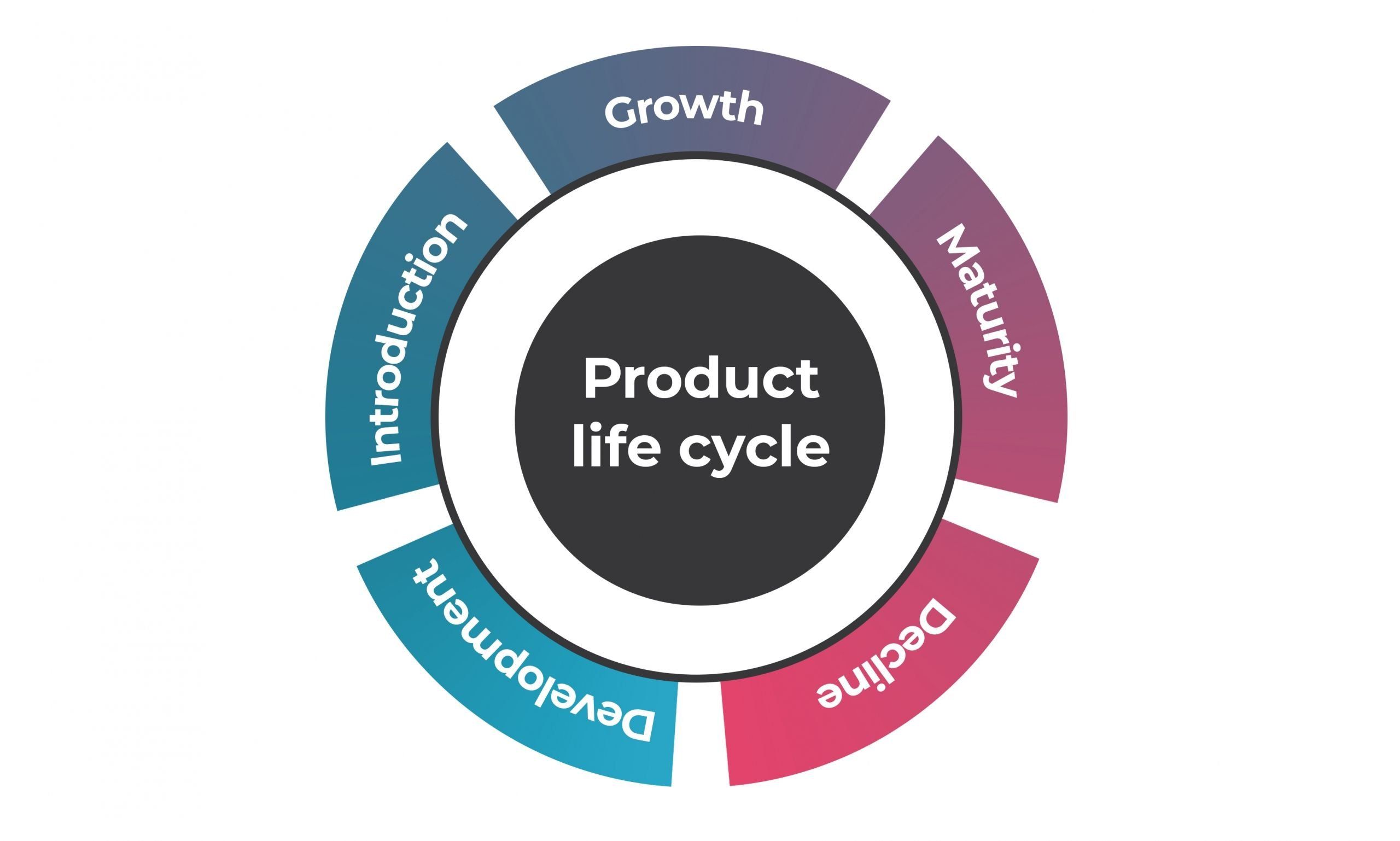The theory of product life cycle was developed by Theodore Levitt, a German economist from Harvard Business School. He found out that product performance on the market changes over time following a certain algorithm. Namely, all goods go through the 5 main stages: Development, Introduction, Growth, Maturity, and Decline. According to Levitt’s theory, marketers need to use different strategies in each of these stages. If done right, it will help to reach the maximum rate of sale during the peak of the product journey and prolong its overall life.
Want to learn more about the product life cycle and marketing materials to use in each of its stages? We’ll tell you about it using the furniture industry as an example. Our 3D rendering company has been working with leading furniture brands for a long time and has made thousands of promo visuals for them. Based on this experience, we’ve learned a lot about ins and outs of product marketing. In this article, we’re sharing professional tips on how to maximize your efforts at every product life cycle phase using CGI. Read on!
1. Development

Marketing activities usually begin when a furniture piece is still in the development stage. This phase of the product life cycle is dedicated to conducting polls of the target audience, analyzing their needs, goals, and challenges, monitoring competitors and a market segment in general. The result of these measurements helps manufacturers to come up with the final design of the item.
Product testing is a big part of this process since the feedback of the potential customers’ showcases which elements of furniture design need to be changed. Previously, testing implied producing prototypes and taking pictures of each design iteration, which was costly and time-consuming. But now, it is no longer a must. With CGI, marketers can order as many photoreal silo and lifestyle renders of furniture as they need and ask 3D artists to update the CG imagery at any moment. It is hard to underestimate how much time marketers save by using 3D rendering for product testing instead of going through long and tiresome prototype production and photo shoots.
2. Introduction

The introduction stage starts after the furniture goes through all development steps and is ready to be launched in the market. It is also a phase of establishing a client base. A good practice here is to go for inbound marketing. This method implies creating quality content that helps prospects to discover the company and learn what it offers. That’s why this stage of the product life cycle requires the most resources. Here, investments are needed for everything from making good old TV commercials to involving social media influencers.
In terms of visuals used in the introduction phase of the product life cycle, marketers should go all out and use as many and as diverse materials as they can get. We are talking not just about silos and lifestyles but also about more innovative solutions. For example, 3D product animation works perfectly for commercials, video blogs, or as explanatory materials for product detail pages. As for Assembly or How-To CG videos, they are must-have tools for furniture retailers since they are product instructions and promo materials all at once.
3. Growth

The growth stage of the product life cycle is the one marketers look forward to the most. If everything goes according to the plan, this is the time when all the efforts and investments start to pay off. This phase decides the further fate of the goods and how long they are going to be relevant.
A large-scale marketing campaign, both online and offline, is an integral part of the product growth stage. At this point, furniture marketers use all the assets they have at hand, including a wide range of promo visuals. Apart from silos and lifestyles, they should get motion CG solutions such as animation, 360° views, and multi-row 3D views.
The main point here is to use strategies that are based on knowing the wishes and preferences of the target audience. In the furniture business, to succeed in up-selling, one should get promo visuals showing the main product surrounded by complimentary items. This way, a prospect may want to buy cushions in addition to a sofa. At the same time, incorporating trendy interior scenes as product backdrops works perfectly for cross-selling. For example, looking at the whole set of living room furniture set, a potential customer can go for not just a sofa and armchairs but a coffee table or a media console on top of that. The easiest way to get such imagery for both strategies is to order it at a CGI studio.
4. Maturity

If the product reaches maturity, it means marketers are doing a good job since it’s a peak of the life cycle. This is a period when the potential of the goods is fully exploited and sales stabilize. The main goal in the maturity phase is to maintain these results as long as possible. This is usually achieved through product enhancements and updates. When it comes to furniture, manufacturers and marketers go for changes in design, adding some new features, and expanding the functionality.
Here, it is vital to introduce the audience to the improved version of a product. Or, the idea might be to let customers modify the product design themselves. The first option requires a lot of CG images demonstrating updated items separately and in group shots from all angles. The second option is all about customization so something like a 3D configurator or an AR model would be ideal. These tools allow prospects to pick up furniture design bit by bit and virtually try it out in their home.
5. Decline

At some point, even the most popular product reaches the end of its life cycle. It could take a few months, a year, 5 years, 10, 20… The better job marketers did at the previous stages of the product life cycle, the longer they postpone the decline. And when it eventually happens, the focus must be made on limiting production, targeting only specific segments of the TA, and planning new products.
At this stage, the marketing resources are tight and specialists use only the most necessary promo visuals. In the case of furniture, the right choice would be 3D lifestyle images showing the product in a setting that is favorite and familiar for a narrow audience. For example, marketing a knitted ottoman at its declining phase would require lifestyle pics with interiors preferred by housewives in their 40s+.
Furniture marketers should start applying the principles of product life cycle theory right after the idea of a new launch has been born. It gives them room to plan and helps them understand what to do at every next step of the marketing campaign. To make the most of it, it’s best to use various CG solutions that help to elongate the life cycle of the product. With the help of 3D modeling and rendering, manufacturers can test different versions of the product without additional prototyping. Also, marketers can get photorealistic static and motion promo visuals for every stage of the product life cycle.
Want to extend the life cycle of your product? Opt for 3D rendering services and get mind-blowing CGI for improved product presentation and successful marketing campaigns!
